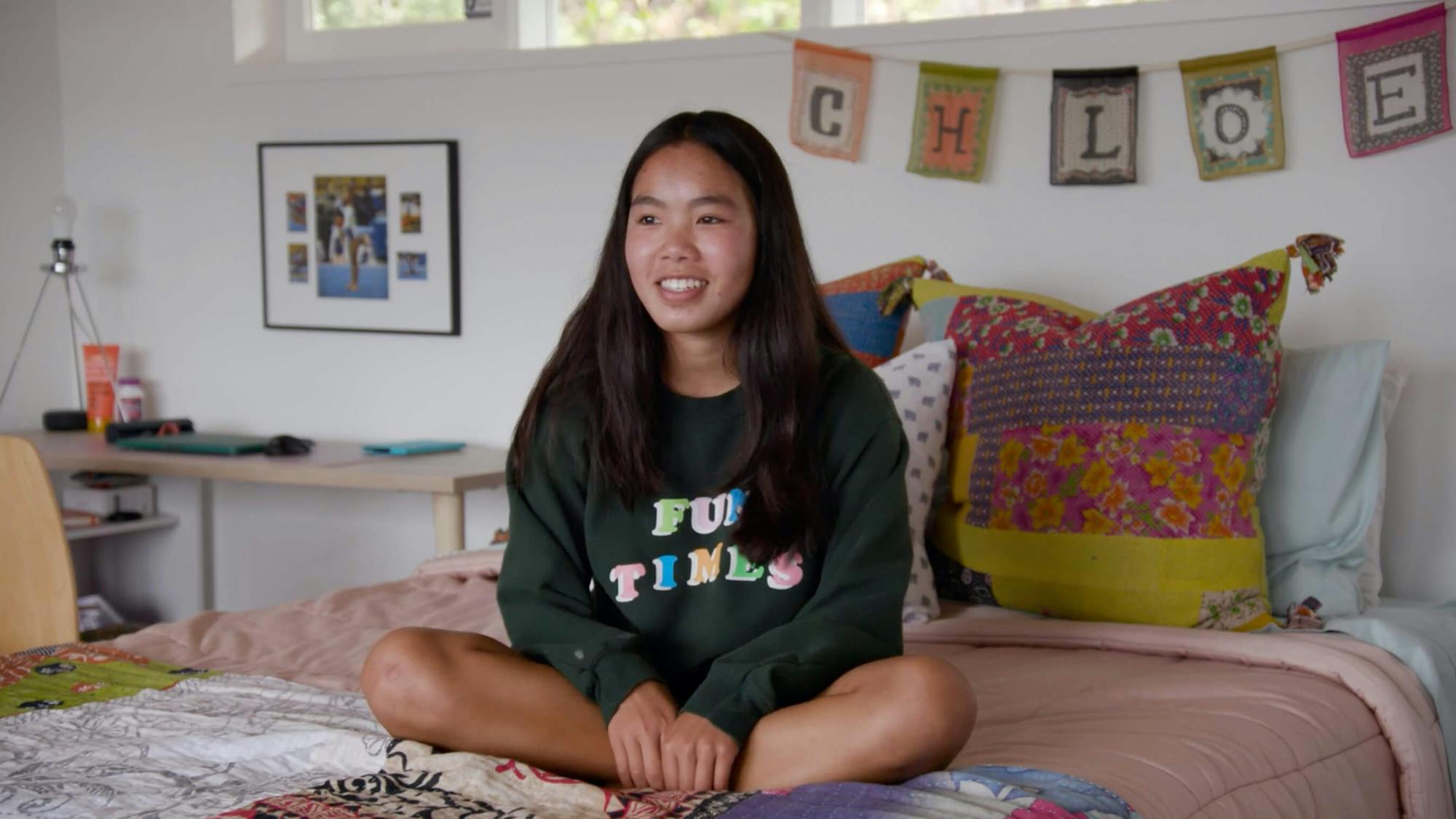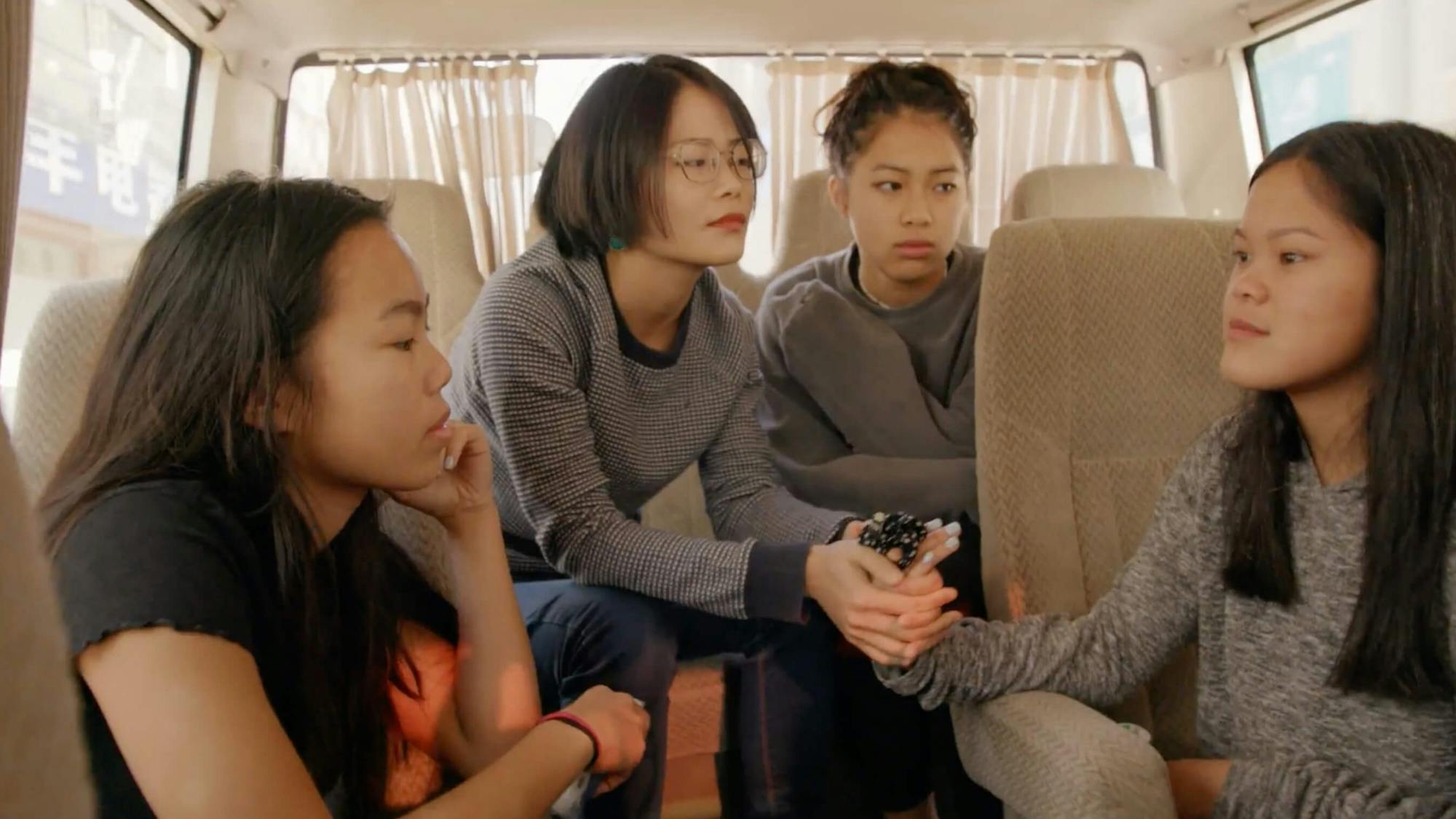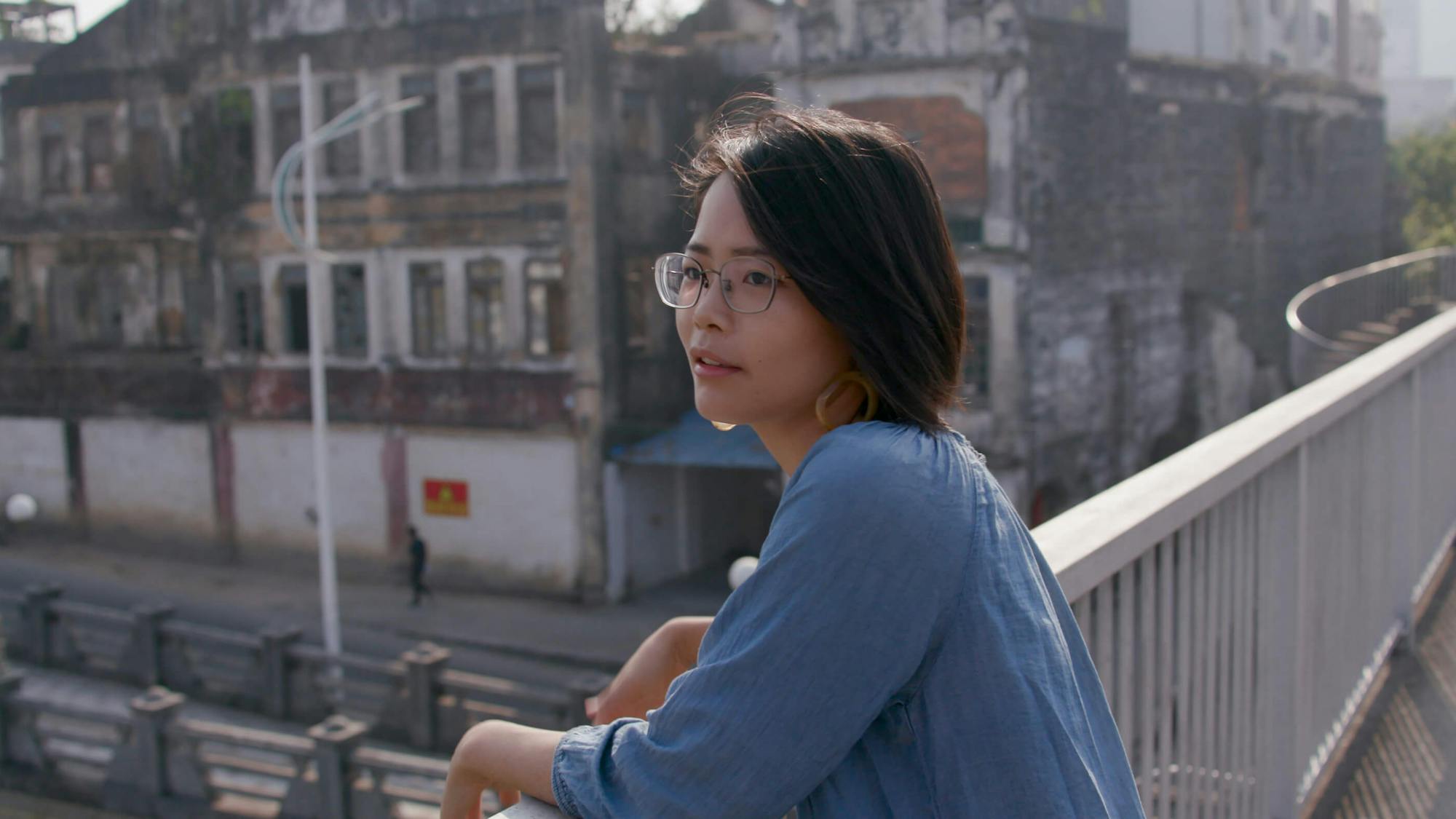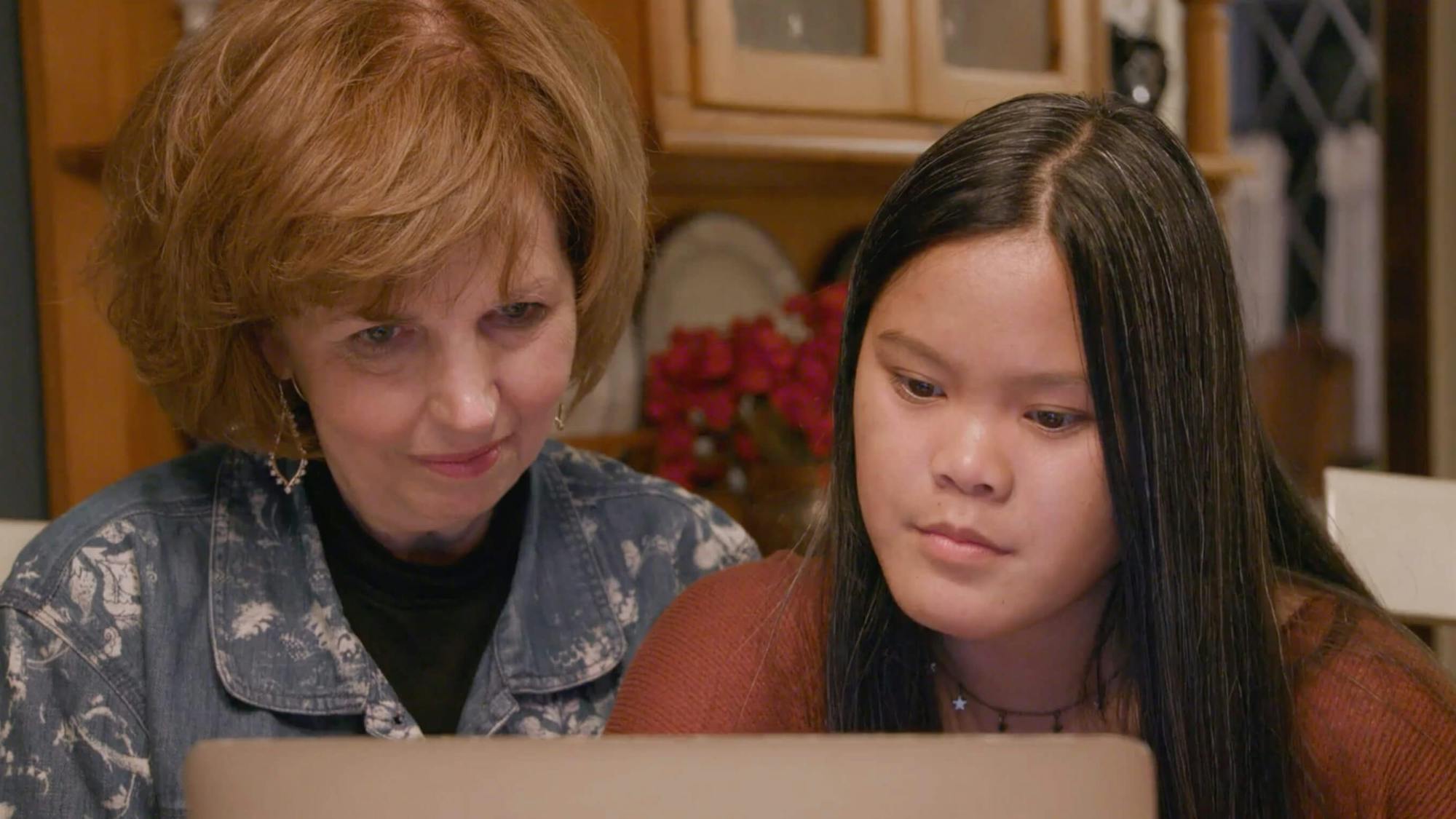Three girls, emboldened by their families and newfound connections, go overseas to discover their roots.
Sixteen years ago, producer-director-storyteller Amanda Lipitz wasn’t looking for her next project; she was just kvelling (Yiddish for beaming with pride and joy) over the new baby her brother brought home to Seattle from China. “I was just so excited,” recalls Lipitz of meeting her niece Chloe. “They brought her home and I fell in love.”
With love came empathy and curiosity about Chloe’s ambiguous birth and placement story and how she might navigate coming to terms with her origin. “She was found on a busy street. How would she be able to find out her history?” Lipitz recalls. “I watched her grow up in our big Jewish family as the only person of color and I thought, well, how does that feel? I was never thinking, Oh, I’m going to make a documentary about it. All of us worried about the stereotypes around Asian women, and the fact that they’re the most underrepresented group in film and television — Chloe's story had to be the driving force behind everything.”

Chloe
With the advent of D.N.A.-tracing tools, finding family became de rigueur in the early 2010s. And through one of those tools, Chloe found two distant cousins, Lily and Sadie, also girls adopted from China by Americans around 2006. “Now the girls have these real cousins that are the first blood relatives they’ve ever met. The relationships are very much alive — they Snapchat each other and Facetime at one in the morning. It’s just normal girl stuff.” This bond has provided a support system as they navigate their shared past. “The love and safety that they felt enabled them to go on that journey, beyond the family that chose them.” And Lipitz, by then an award-winning documentarian, was there to document the girls’ journey.
While Found is the story of these newfound cousins, it’s also the story of a generation affected by China’s one-child policy, which began in 1979 and existed in various forms through 2015, leading to over 100,000 children finding their way to orphanages — often overseas — to be adopted. We’re introduced to Liu Hau, a seminal character in the China-set portions of the film, who has made it her work and passion to reunite adoptees and families in China. Although she grew up with the family she was born into, she was also affected by the one-child policy: in one emotional scene, she describes feeling, as the female child, less valued in her family. Found is also the story of the biological parents in China who, despite shame and fear of retribution, keep hoping to reconnect with the children they lost.

Chloe, Liu Hao, Sadie, and Lily
“These families are looking for their children; they were heartbroken to give them up," Lipitz remembers.
There’s a scene in the film where Lily’s mother sums up the girls’ experience — their adoption stories, their identities, their quest for understanding: “It’s about grieving.” But for Chloe, Sadie, and Lily, there’s a silver lining in reconciling the past. Explains Lipitz, “The three of them being together made it feel safe, and it made them feel less alone.”

Liu Hao

Debra and Lily
